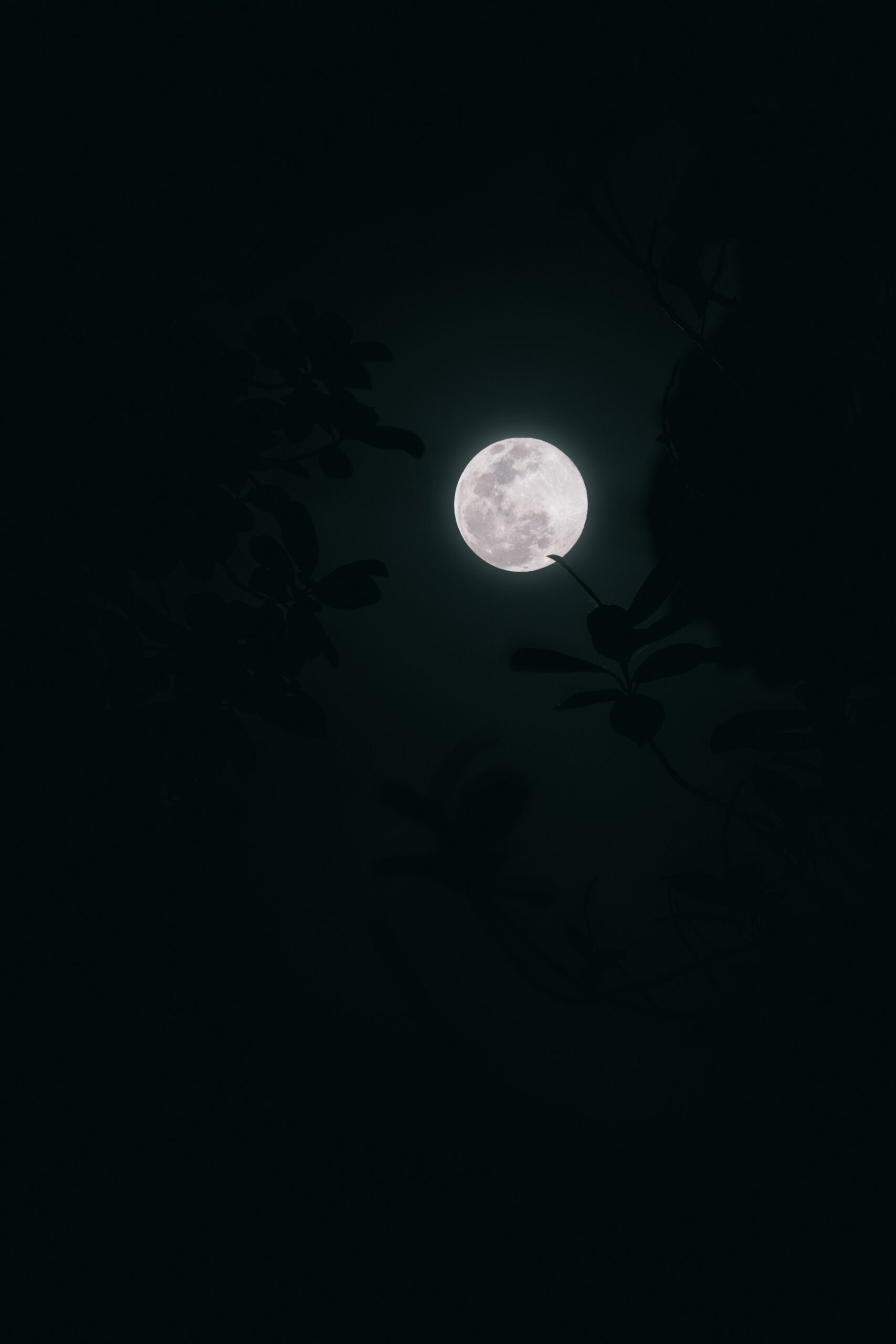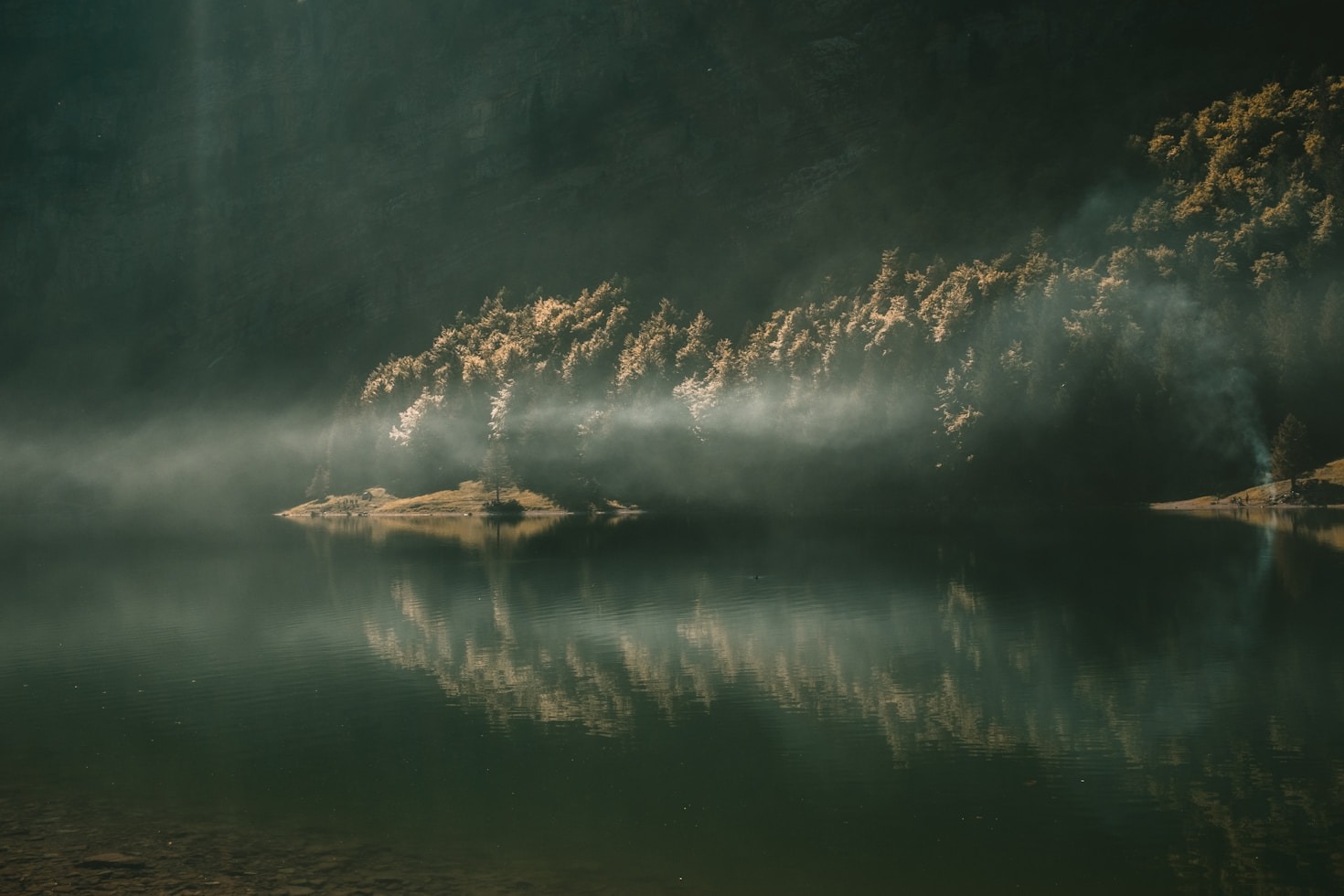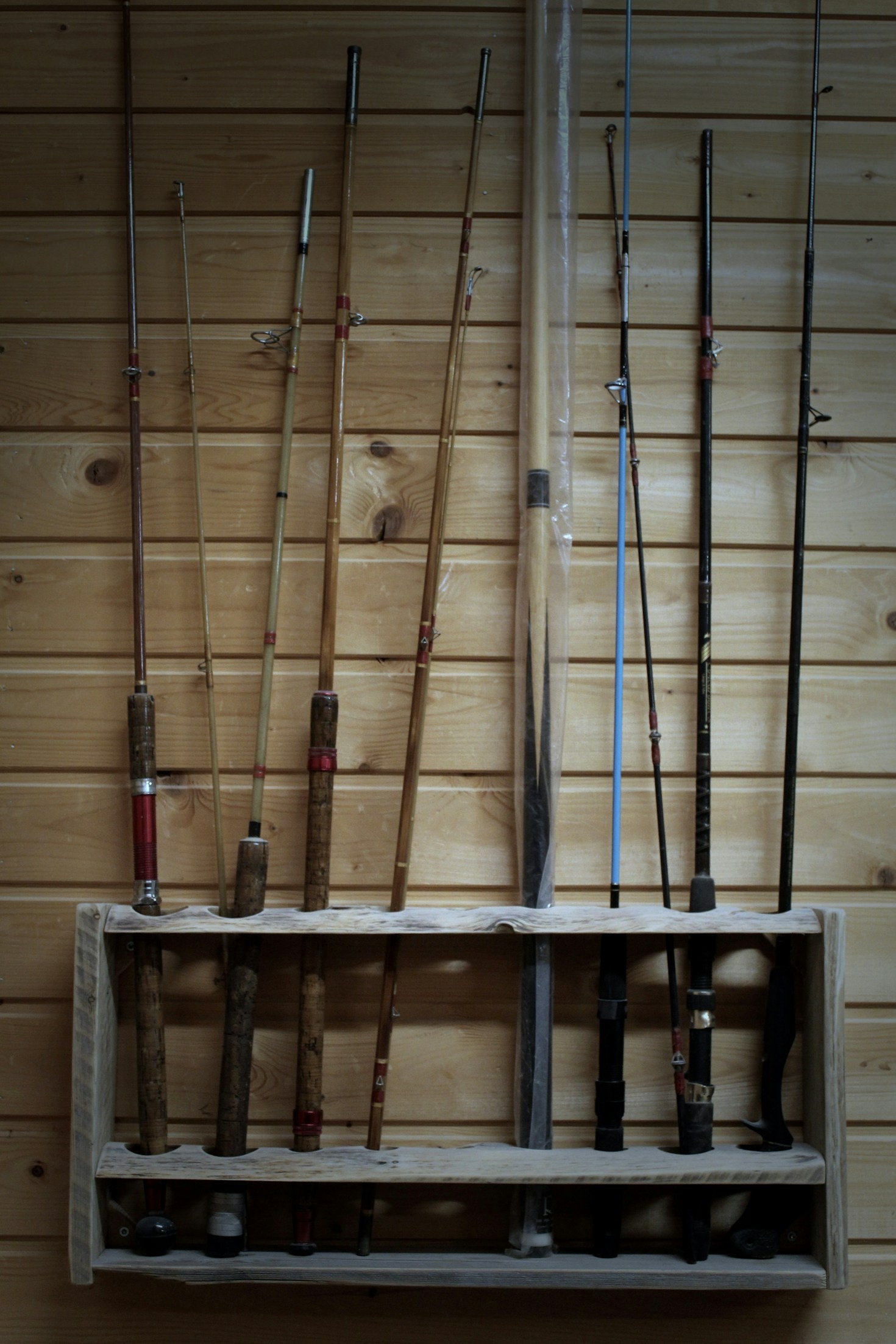Introduction: The Night Game Nobody Talks About
You’ve heard the gobble at dawn. Maybe even tried to answer it. But have you ever tracked a tom as shadows stretch long and the woods go still?
Most don’t. Most won’t.
But you’re not most.
Hunting wild turkey during twilight hours—those last legal moments of shooting light under a full summer moon—offers a thrilling edge few dare to explore. It’s not just about calling in a bird. It’s about mastering subtle sounds, moonlight movement, and patience under pressure.
Welcome to the night game.
1. Understanding Turkey Behavior at Dusk (and Under the Moon)
Turkeys aren’t nocturnal, but they don’t disappear the moment the sun sets. As daylight fades and the moon rises, these birds settle into roosting routines—with one final opportunity for you to intercept them.
What Turkeys Do at Nightfall:
- Last Feeding: About 1–2 hours before sunset.
- Roost Selection: Around sunset, toms and hens head for trees with wide, horizontal limbs—often on ridgelines or field edges.
- Moonlight Influence: During full moons, turkeys may linger longer in open fields, relying on visibility to avoid predators.
Pro Tip: Scout late in the afternoon. Watch from afar with binos. Roosting clues like clucks, wing flaps, or silhouettes on limbs tell you where to return the next evening.

2. The Moonlight Activity Calendar: When to Hunt and What to Expect
Hunting turkey under a full moon in summer? Timing is everything. Here’s a quick-reference calendar for when you’re most likely to succeed during peak lunar cycles.
2025 Full Moon Windows (Midwestern U.S. Focus)
| Full Moon | Peak Hunt Window | Why It Works |
|---|---|---|
| July 9 | July 8–11 (dusk hunts) | High feeding activity pre-roost. Bright moon extends visible movement. |
| August 8 | August 7–10 | Birds more active late; moon offers cover & visibility. |
| September 7 | Sept 6–9 | Early fall pattern shift—toms more vocal at dusk. |
Check Out: Track moon phases and prime activity using the GameKeeper’s Moon Guide or the HuntStand app.
3. Calling Techniques for Dusk Hunts
You’ve got 30–60 minutes of legal light left. The woods are quiet. Here’s how to break the silence and call in your bird—without spooking it.
Step-by-Step Dusk Calling Method
Step 1: Start Subtle (Cluck + Purr)
- Use a slate or box call to mimic soft contact calls—what hens do as they gather near the roost.
We like the Primos Box Call for its crisp tone and volume control.
Step 2: Wait for a Shock Gobble
- Don’t over-call. A gobbler may answer an owl hoot, distant crow, or even a loud clap.
- If he gobbles, mark his location and prep for approach.
Step 3: Get Quiet and Close
- Move slowly and keep quiet. The goal is to get within 75–100 yards without being seen.
Step 4: The Final Call (Yelp x3)
- One last soft yelp may coax him off his roost path. Be ready—he’ll come in slow but silent.

4. Real Hunt: Case Study from Missouri Timber
Last July in the Ozark hills, a first-time hunter named Cody glassed a tom strutting solo in a hayfield around 7:00 PM. Moon was nearly full.
He used a box call to mimic a roost-bound hen, then quietly repositioned closer to a stand of white oaks.
At 8:17 PM—minutes before legal light ended—he heard soft crunching. The tom walked in slow, wary, but committed. One clean shot at 35 yards, and Cody was tagged out.
“I wouldn’t have believed turkeys moved that late if I hadn’t seen it with my own eyes,” Cody said.
5. What to Bring for a Moonlit Hunt
Here’s your dusk hunt checklist. Light, legal, lethal.
- Slate or Box Call – easy for soft sounds
→ Shop top-rated calls - Headlamp (red light) – use after the hunt to exit woods legally
→ Check out this Petzl Tactikka - Binoculars – glass from a distance pre-roost
- Turkey Vest – keep gear silent and organized
→ We like ALPS OutdoorZ Super Elite - Camo with Natural Patterns – think mossy oak, dark greens, bark textures
→ Explore real-tree edge gear
Common Mistakes Callout:
Mistake 1: Over-calling. Toms don’t gobble much at dusk. Keep it subtle.
Mistake 2: Moving too fast. Shadows play tricks—slow down, stay low.

Conclusion: The Gobble After Sundown
If you’re chasing adrenaline, challenge, and a connection to the land few ever earn—twilight turkey hunting is your next frontier.
It’s not about calling more. It’s about calling smarter. About timing the moon. About earning your gobble.
So mark the moon. Scout the ridges. Keep quiet. And when that gobble comes from the dark edge of the woods—you’ll be ready.
Quick Recap Checklist
- Scout afternoon before full moon
- Use soft calls at dusk
- Move slow, stay hidden
- Take the shot within legal hours
- Exit safely, red light only

Ready to Try the Night Game?
Bookmark this post.
Grab the gear.
Tag your first moonlit tom.
And when you do—send us your photo. We’ll feature the best stories right here on MedHat: The Survivalist’s Journal.


